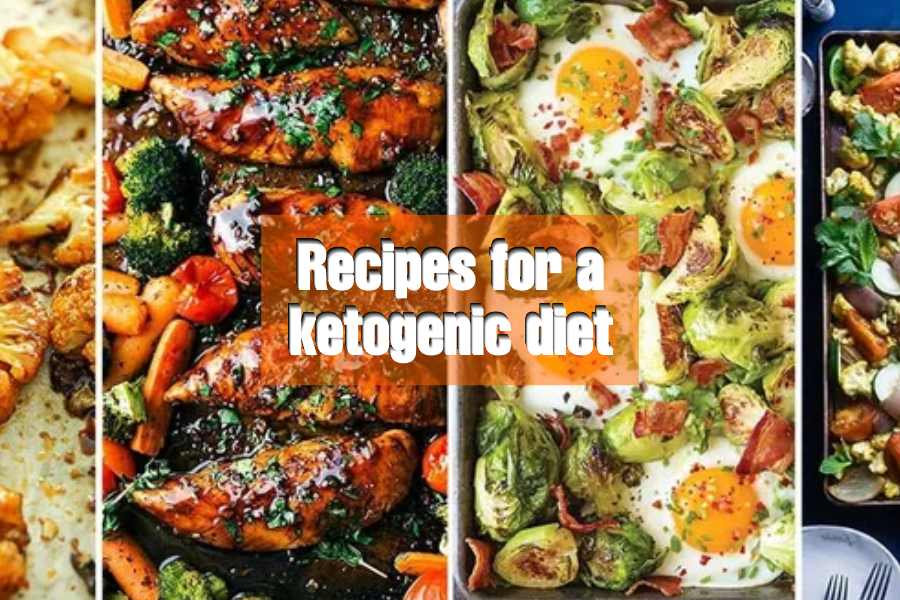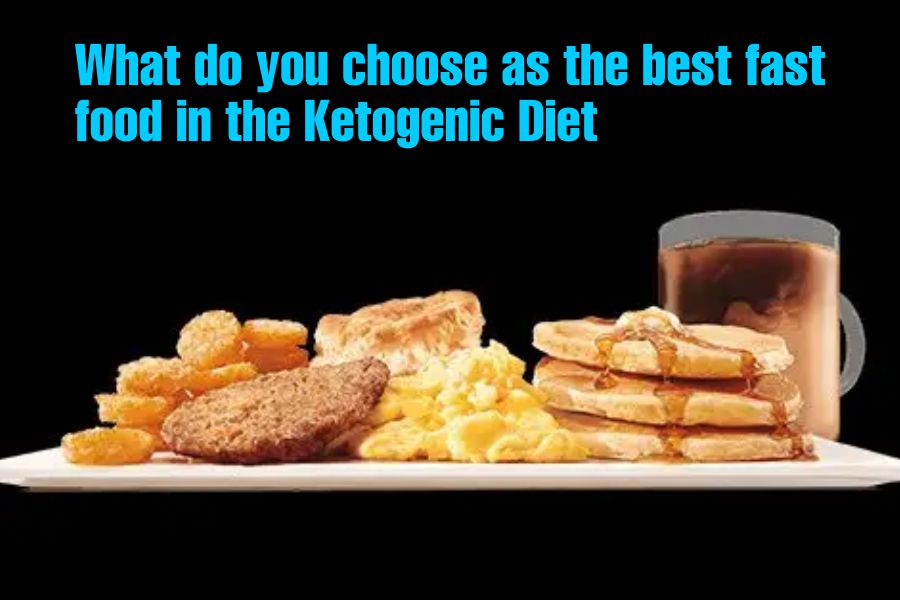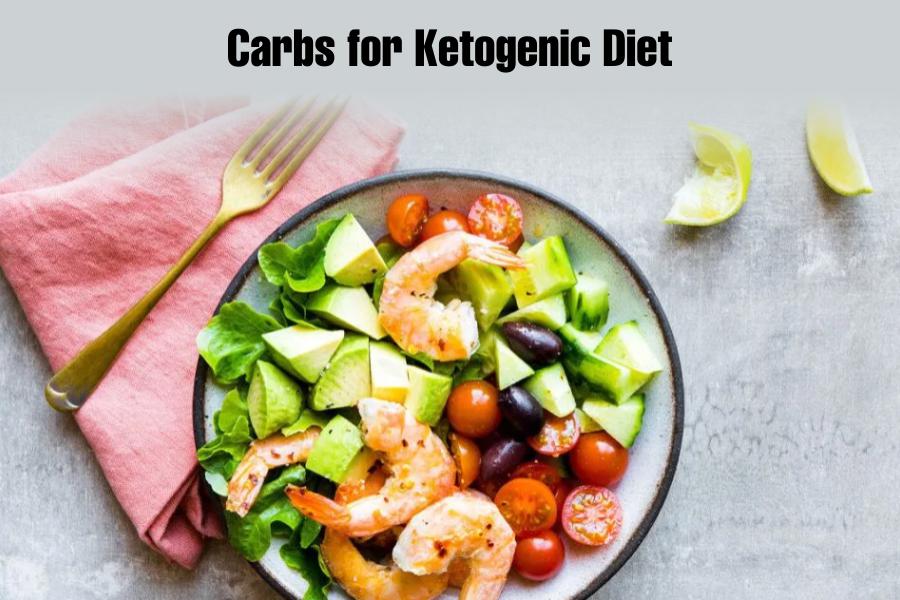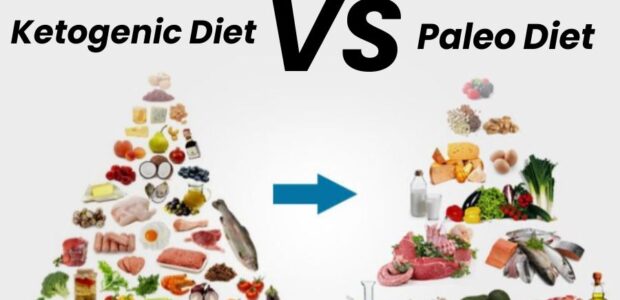
A simple mention of Keto and Paleo diets evince the keen interest of people looking forward to formulating weight loss regimens. Here we will discuss parallels and distinctions of Keto and Paleo diets for weight loss. And how they affect our bodies and, consequently, our health.
We often encounter queries such as Ketogenic Diet vs. Paleo or low carb vs. keto vs. paleo during interactive sessions on dietary plans. Choosing either dietary option might seem to be a Herculean task, but we are here to assist you to zero in on the best one. The keto and paleo diets are two of today’s most popular diets. They have certain commonalities, but they also have variances in the foods they allow, how they affect the body, and critical health impacts.
Ketogenic Diet vs Paleo: A Complete Comparison Guide
The keto emphasizes a certain macronutrient balance. The main aim of Ketosis is to ensure a process in which the body begins to burn fat for health or weight reduction.
The Paleolithic (paleo) diet emphasizes foods people would have consumed during the Stone Age. The idea is to avoid contemporary processed foods for health or weight loss.
This article compares the Ketogenic Diet vs. Paleo for weight loss, including its advantages, disadvantages, and adverse effects.
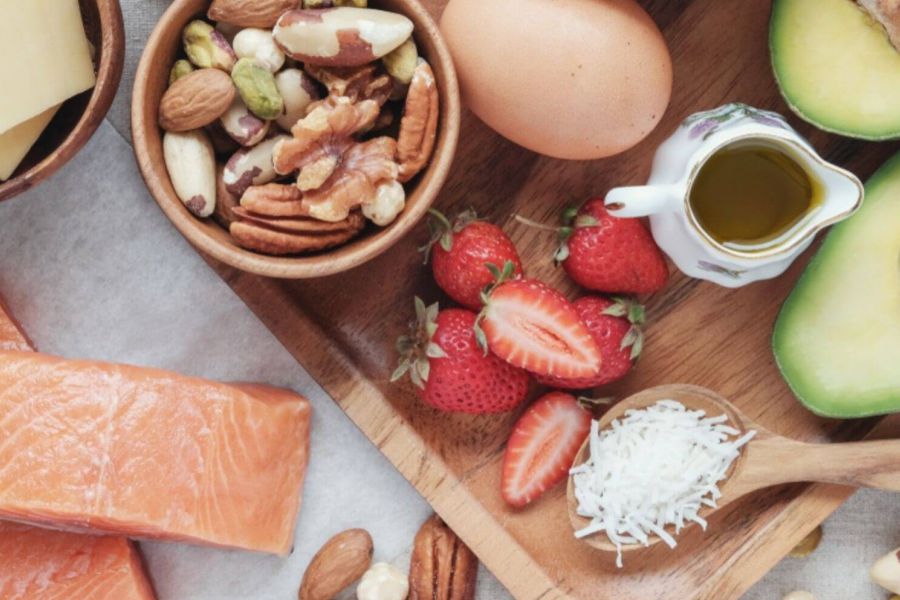
What exactly is a keto diet?
Meals on a ketogenic diet consist of 5% carbohydrates, 25% proteins, and 70% fats. It is a low-carb, high-fat diet with moderate protein intake. A keto diet encourages the body to begin using fat as an energy source, burning fat. Their input enables bodies to start producing ketones and enter a condition known as Ketosis.
What foods are not permitted on a keto diet?
It would be best to avoid flour, including maida, bread, pasta, rice, millets, other grains, corn, oats, cereals, quinoa, and lentils. Eliminate all forms of sugar, including white, brown, honey, and jaggery. Avoid starchy and root vegetables such as potato, sweet potato, turnips, yam, beetroot, carrot, colocasia, etc. Also, avoid processed and refined oils, margarine, and so on. Berries such as strawberries, blueberries, and cranberries are permitted on the keto diet.
What foods are permitted on a keto diet?
Non-vegetarian meats such as pig, mutton, chicken, fish (primarily fatty fish such as salmon, snapper, trout, tuna, halibut, and mackerel), whole eggs, bacon, liver, and so on. They also include Peanut or almond butter, heavy cream, Greek yogurt, cottage cheese, sour cream, mozzarella, cheddar, parmesan, cream cheese, etc. Coconut oil, olive oil, avocado or avocado oil, cocoa butter, butter, and ghee can all be consume. Eat a handful of nuts and seeds such as almonds, walnuts, hazelnuts, sunflower seeds, pumpkin seeds, and so on. Green leafy vegetables that grow above ground, such as spinach, kale, lettuce, bokchoy, cabbage, cauliflower, bell peppers, mushrooms, and beans, among others, can be ingest.
What is the Paleo diet?
It excludes all processed foods while increasing dairy, legumes, and whole grains such as oats, quinoa, and brown rice. They accept all fruits and berries but forbid all dairy items such as milk, cheese, cream, and butter. It also eliminates the need for artificial sweeteners.
What is not permitted on the Paleo diet
Aside from the items listed above, a Paleo diet requires avoiding all grain-based goods, potatoes, and maize. White or brown sugar, as well as high-fructose corn syrup, must be avoid.
Ketogenic Diet vs. Paleo: Both are effective for weight loss
One of the critical reasons for the keto and paleo diets’ appeal is the belief that they would aid in weight reduction. Unfortunately, there is no evidence on how beneficial these diets are for long-term weight loss. Short-term research, on the other hand, appears to be optimistic.
Research conducted on postmenopausal, obese women who followed the paleo diet saw a 9% weight reduction after six months and a 10.6% weight loss after a year. At the 24-month milestone, no more substantial weight change was seen.
One evaluation of data on low-carb, high-fat (LCHF) diets, such as the ketogenic diet, found that adapting to this eating pattern can result in short-term weight loss. This might be because a high-fat diet generally decreases appetite and fewer overall calories ingested. It is also possible that the ketosis process leads to a more effective removal of the body’s fat storage. The precise reason is yet unknown.
HOW TO EAT A KETO AND A PALEO DIET AT THE SAME TIME
It’s not too tough to follow both the Keto and Paleo diets simultaneously.
Follow these easy instructions to reap the benefits of both Keto and Paleo at the same time:
Those eating animal products should ensure that they are grass-fed and organic.
Except for butter, try to avoid dairy products.
Track your macronutrient consumption to ensure your body is in Ketosis. A Keto calculator might come in handy here.
Increase your consumption of healthy fats to get the same level of satisfaction as Ketogenic dieters.
Alternatively, if you are on a Ketogenic diet and wish to reap the benefits of Paleo’s clean eating habits, you can cut out starchy processed foods.
Benefits of Keto vs Paleo Diet
Reducing sugar and carbs in your diet is an excellent strategy to lower your blood pressure. According to several studies, such as the Virta trial for cardiovascular disease, many people who follow a low-carb or ketogenic diet have a quick drop in blood pressure. The markers discovered that participants’ diastolic blood pressure counts reduced dramatically, and 11.5 percent of them were able to discontinue high blood pressure medication.
The keto diet has been use to treat clinical disorders such as epilepsy, seizures, Alzheimer’s, Parkinson’s, and multiple sclerosis.
They help ensure moderate blood sugar levels, the improvement of insulin resistance, and the enhancement of energy levels.
Keto has grown in popularity as a weight reduction diet due to its high satiety value and low caloric intake.
Which is better for diabetics, paleo or keto: Studies have also shown a drop in diastolic blood pressure when on a Paleo diet compared to typical diabetic therapy with no further reduction in salt intake. The Paleo diet avoids processed meals and decreases dietary toxins, contributing to metabolic syndrome.
As a result, both diets help with insulin regulation and weight loss. Diets high in potassium and magnesium and less processed foods improve general health.
The disadvantages of the Keto and Paleo diets
Following a diet that excludes vital food categories and does not satisfy one’s daily dietary requirements might result in deficits and subsequent medical issues.
The keto and paleo diets each have their own rules that include or limit particular items. There are some parallels but also many variances between the two diets.
Both offer health advantages, such as those associated with the avoidance of highly processed meals, white sugar, and refined carbs. They may aid in weight reduction and the improvement of other medical parameters.
A low-carbohydrate, high-fat diet can impact persons with poor digestion and the absorption of harmful fats.
A high-fat diet and insufficient physical exercise may impact the lipid profile. As a result, when on a keto diet, blood results must be monitor frequently.
Studies show a risk of hormonal imbalance, thyroid dysfunction, menstruation abnormalities, or constipation, primarily due to a lack of fiber because a keto diet is nutritionally unbalanced.
Restriction on a range of vegetables, whole grains, beans, and legumes in both Keto and Paleo diets is likely to result in a deficit of vital phytonutrients and antioxidants and lowers one’s immune system.
These diets necessitate a significant change in eating habits for most individuals. Both diets are not nutritionally balance and are not maintainable.
You may also like – Food for Keto diet: What to Eat and Avoid
Final takeaway: Choosing either Keto vs Paleo helps weight loss
Every diet is unique, and no diet is perfect for everyone. You can choose any dietary option for lifelong health and enjoyment. Your medical condition and history also play a significant part in deciding which foods to include in your diet.
The Keto and Paleo diets may include healthful foods while still being restricted. Many dieters cannot control their food cravings and hence give up quickly.
If you have any questions about a diet, you should speak with a licensed nutritionist. If you have a history of heart disease, it is generally recommended that you avoid the Ketogenic diet.
Dietary changes are possible. Before altering a diet plan, get the counsel of a doctor or a nutritionist, especially if you are suffering from any significant sickness.
